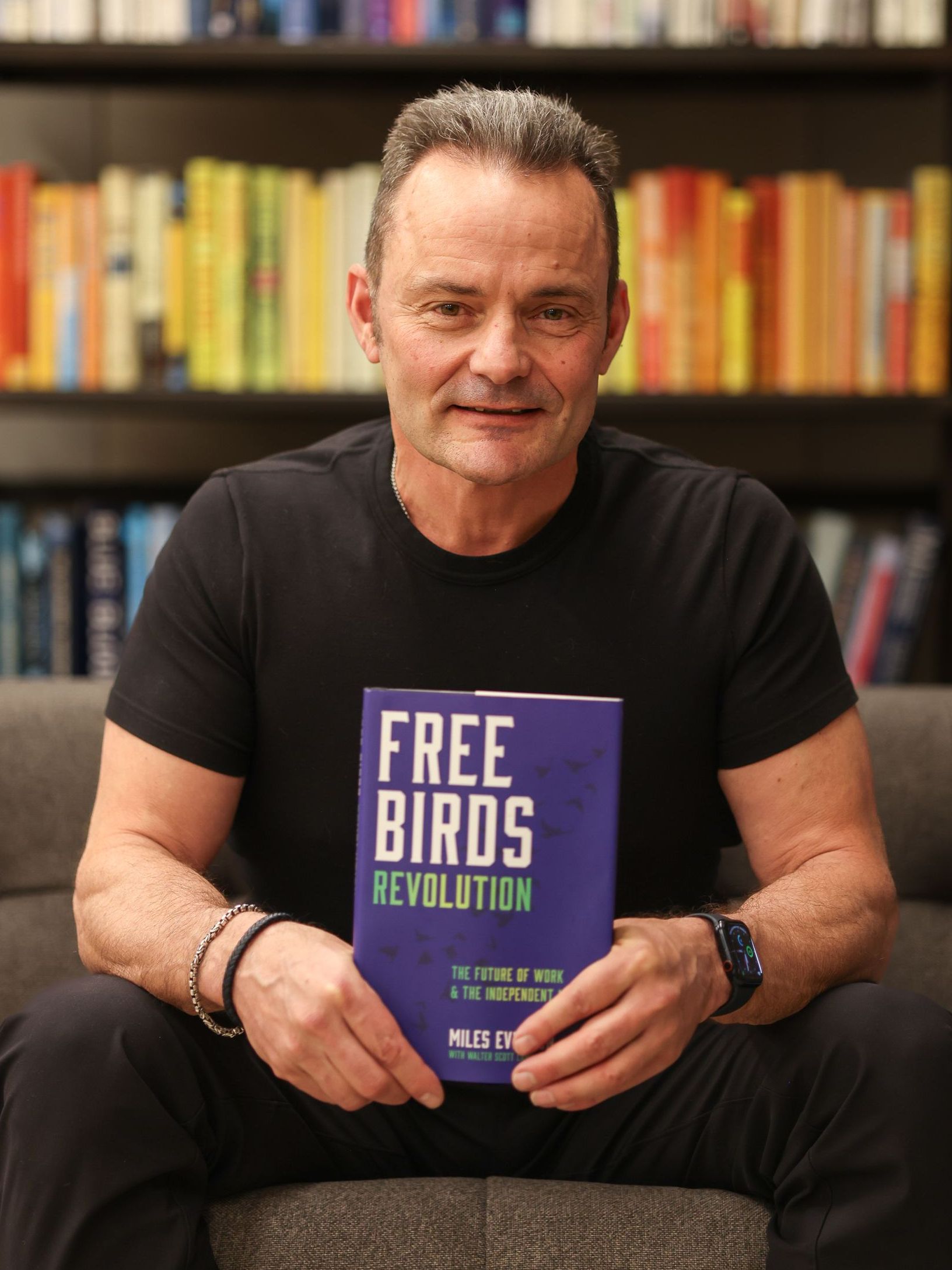Here’s why you shouldn’t underestimate a change in business model… especially if it’s “sticky.”
|
Today, I want to highlight the importance of shifts in business models and how these could help companies supercharge their ability to deliver shareholder value. Continue reading below to know more! Here’s why you shouldn’t underestimate a change in business model… especially if it’s “sticky.” Adobe has established itself as the powerhouse in the creative software world for decades. Solutions like Photoshop, Illustrator, and Premiere Pro became the industry standard for designers, photographers, and anyone else in the creative field. Back then, folks in the design industry were willing to pay upwards of USD 2000 in lifetime licenses just so they could continue to have access to Adobe’s software.
Intervals for software upgrades would come in cycles of a year or two, and each time this happened, users could pay to upgrade or choose to keep using the software version they already had. However, things changed in 2013 once Adobe shifted its business model, baffling Wall Street and leading investors to doubt the software giant as a whole. What happened, exactly? Upending A Business Model In Favor of A New One Adobe announced in 2013 that it was abandoning its perpetual license business model—where customers paid once to access its software—in favor of a “Creative Cloud” where users would need to pay regularly to maintain access. Said another way, Adobe became a Software as a Service (SaaS) company—a pivot that did not sit well with both users and Wall Street. Why? This is because users were saddled with monthly or annual fees, instead of a one-time upfront payment. On the other hand, this shift in business model meant a decline in net income in the short term due to the change in prices and lower customer retention rates. In fact, a year after the shift, Adobe’s income fell 35% because the initial cost for its software solutions fell… but, as history has shown, this was only a temporary speed bump. Even though Adobe’s shift to SaaS wasn’t popular with users (and some investors and analysts), there simply wasn’t a better alternative to the software giant’s offerings. Adobe’s stock had nearly tripled by the end of 2016 and since its shift to SaaS, the software company’s annual revenue stood at over USD 21 billion as of 2024.
Looking at the chart above, the company is a prime example of how powerful a transition to a subscription model can be. — Investors and analysts who doubted Adobe’s shift to SaaS in 2013 were mistaken in their initial reactions and the sell-offs that came along with them. While Adobe faced short-term costs for its transformation, the success it enjoys today goes to show that what occurred was just a momentary setback towards the path to higher levels of shareholder value. The bottom line? A shift in business model shouldn’t be met with skepticism from the outset, especially if short-term struggles are a possibility. What you should do instead is carefully analyze if the pivot is justified in the first place and if it will lead to better profitability in the long run. If Adobe’s story teaches us anything, it’s that short-term struggles can lead to long-term dominance if the strategic shift is justified. Hope you’ve found this week’s insights interesting and helpful.
Stay tuned for next Wednesday’s The Independent Investor! Most investors idolize Warren Buffett, aspiring to replicate his success in the stock market. Learn more about why you shouldn’t act like Warren Buffett in next week’s article! |

Miles Everson
CEO of MBO Partners and former Global Advisory and Consulting CEO at PwC, Everson has worked with many of the world's largest and most prominent organizations, specializing in executive management. He helps companies balance growth, reduce risk, maximize return, and excel in strategic business priorities.
He is a sought-after public speaker and contributor and has been a case study for success from Harvard Business School.
Everson is a Certified Public Accountant, a member of the American Institute of Certified Public Accountants and Minnesota Society of Certified Public Accountants. He graduated from St. Cloud State University with a B.S. in Accounting.




